
- 1. Why High-Security Locks Are Important
- 2. Risks of Weak Back Door Locks
- 3. Types of High-Security Locks
- 4. How to Install a High-Security Lock
- 5. When to Call a Professional Locksmith
1. Why High-Security Locks Are Important
When it comes to securing your home, the back door is often the most vulnerable entry point. Many homeowners focus on reinforcing the front door while neglecting the back, but burglars often target the less visible access points like back doors. Installing a high-security lock on your back door can significantly improve the security of your home and provide peace of mind knowing your property is better protected.
A high-security lock is designed to resist tampering, picking, and forced entry, offering a higher level of protection compared to standard locks. Whether you're worried about break-ins or just want to improve your home’s overall security, upgrading to a high-security lock on your back door is a smart investment.
2. Risks of Weak Back Door Locks
Weak or outdated locks on your back door pose a significant security risk. Many older locks can be easily bypassed with basic tools, making them ineffective at keeping burglars out. Here are some of the key risks associated with weak back door locks:
2.1 Increased Vulnerability to Burglary
Burglars often target homes with weak security systems, and a poorly secured back door is an easy target. A simple lock pick or bump key can be enough to bypass a standard lock. A high-security lock, however, is much harder to bypass and provides a deterrent against potential intruders.
2.2 Poor Quality Materials
Many older or lower-quality locks are made from inexpensive materials that are easily broken or damaged. Even if a lock seems secure initially, over time, wear and tear can make it easier to break into. High-security locks are made from tougher materials designed to withstand tampering and physical force.
2.3 Lack of Advanced Security Features
Many standard locks lack modern security features such as anti-pick mechanisms, reinforced strike plates, or key control systems. Without these advanced features, your lock is more vulnerable to being bypassed by skilled intruders. High-security locks typically include advanced features like hardened steel bolts and specialized keyways, which make them much more difficult to defeat.
3. Types of High-Security Locks
There are several different types of high-security locks to consider when upgrading the lock on your back door. Each type offers unique features to enhance your home’s security:
3.1 Deadbolt Locks
Deadbolt locks are one of the most popular types of high-security locks. These locks offer strong protection against forced entry and are much more difficult to bypass than traditional spring bolt locks. A single-cylinder deadbolt is ideal for residential use, while double-cylinder deadbolts offer added security for homes with glass windows near the door.
3.2 Smart Locks
Smart locks offer the convenience of keyless entry and can be controlled remotely using your smartphone or other smart devices. Many smart locks also include advanced features like biometric scanning or PIN codes, offering extra layers of security. These locks also allow you to monitor access and even lock or unlock your door remotely in case you forget.
3.3 Mortise Locks
Mortise locks are a more robust option for securing a back door. These locks are typically installed into the door itself, making them harder to tamper with than surface-mounted locks. Mortise locks are commonly used in commercial buildings but are also a great option for residential properties requiring enhanced security.
3.4 High-Security Padlocks
If you have a back door with a gate or an outbuilding that requires securing, a high-security padlock can be a good option. These locks are resistant to picking, drilling, and tampering and are perfect for outdoor security needs where additional protection is required.
4. How to Install a High-Security Lock
Installing a high-security lock on your back door is a straightforward process, but it requires attention to detail to ensure it functions properly. Here are the general steps to follow when installing a new high-security lock:
4.1 Remove the Old Lock
Before installing the new lock, you need to remove the existing lock. This can usually be done by unscrewing the screws that hold the lock in place. If you're replacing a deadbolt, you may need to remove the strike plate as well.
4.2 Install the New Lock
Once the old lock is removed, install the new high-security lock according to the manufacturer’s instructions. Make sure the lock is securely attached to the door and that all components are aligned correctly for smooth operation.
4.3 Test the Lock
After installation, test the lock to ensure it works smoothly. Check for proper alignment, and make sure the key turns easily in the lock. If it's a smart lock, follow the setup instructions to connect it to your home network and test the connectivity.
5. When to Call a Professional Locksmith
While installing a high-security lock can be a DIY project, there are situations where it’s best to call a professional locksmith. If you're unsure about how to install the lock, or if you're replacing an old, worn-out lock, it’s worth hiring a locksmith to ensure the job is done correctly.
Professional locksmiths can also help you choose the best high-security lock for your needs and can offer advice on other ways to enhance your home’s security. For expert lock installation services, visit Locksmith Finder to find trusted professionals in your area.



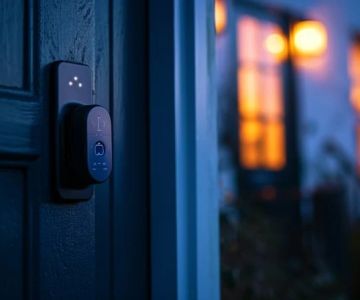
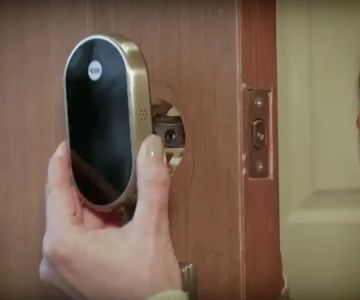


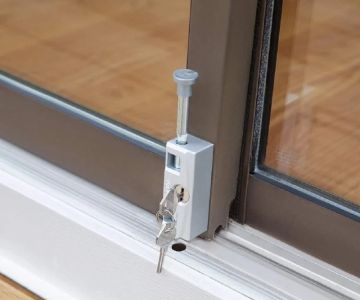
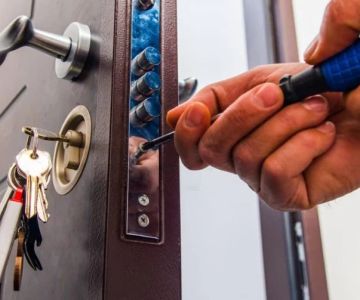
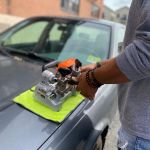 KeyMe Locksmiths4.0 (19 reviews)
KeyMe Locksmiths4.0 (19 reviews) KeyMe Locksmiths4.0 (7 reviews)
KeyMe Locksmiths4.0 (7 reviews) KeyMe Locksmiths5.0 (3 reviews)
KeyMe Locksmiths5.0 (3 reviews) KeyMe Locksmiths4.0 (184 reviews)
KeyMe Locksmiths4.0 (184 reviews) KeyMe Locksmiths4.0 (37 reviews)
KeyMe Locksmiths4.0 (37 reviews)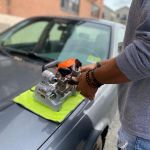 KeyMe Locksmiths4.0 (111 reviews)
KeyMe Locksmiths4.0 (111 reviews)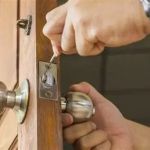 How to Protect Your Home from Lock Cracking: Locksmith Tips for Maximum Security
How to Protect Your Home from Lock Cracking: Locksmith Tips for Maximum Security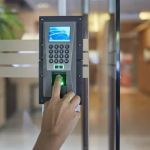 How to Protect Your Business With Restricted Access Lock Systems - Expert Tips
How to Protect Your Business With Restricted Access Lock Systems - Expert Tips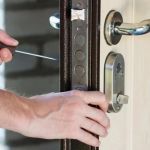 The Importance of Regular Lock Maintenance for Homeowners | Locksmith Finder
The Importance of Regular Lock Maintenance for Homeowners | Locksmith Finder How to Secure Sliding Doors, Windows, and Garages with Professional Locks
How to Secure Sliding Doors, Windows, and Garages with Professional Locks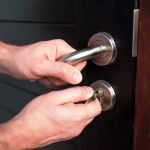 How to Protect Your Home from Lock Shimming: Locksmith Tips to Safeguard Your Property
How to Protect Your Home from Lock Shimming: Locksmith Tips to Safeguard Your Property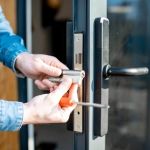 The Risks of Using Locksmith Services Without a Guarantee
The Risks of Using Locksmith Services Without a Guarantee